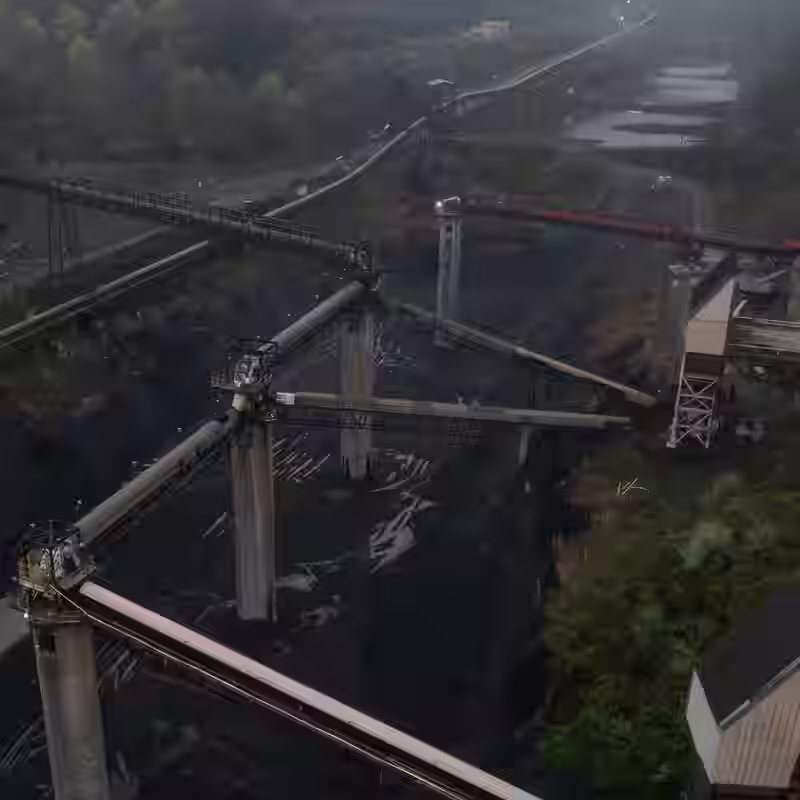Trump Administration Unveils Sweeping Plan to Resurrect U.S. Coal
In a bold—and controversial—move, Trump administration officials have announced a $625 million rescue package for the struggling U.S. coal industry. The plan includes opening 13.1 million acres of federal land to new mining operations and rolling back decades of environmental regulations, including pollution limits on mercury, sulfur dioxide, and particulate emissions.

What’s in the $625 Million Rescue Package?
- $300 million in direct subsidies to coal companies for “modernization and workforce retention.”
- $200 million to fund carbon capture pilot projects at aging power plants.
- $125 million for retraining programs—ironically aimed at transitioning coal workers to other energy sectors.
But the most consequential element may be regulatory: the administration is eliminating the Clean Air Act’s Mercury and Air Toxics Standards (MATS) and scrapping the Obama-era “Coal Ash Rule,” which governed toxic waste disposal from coal plants.
Infographic: U.S. Coal Industry – Rise, Fall, and Revival Attempt
| Year | Coal Employment | Coal’s Share of U.S. Electricity |
|---|---|---|
| 2005 | 87,000 | 50% |
| 2015 | 65,000 | 33% |
| 2024 | 38,000 | 16% |
| 2025 (Projected) | 41,000 (with revival plan) | 18% |
Why Now?
Coal has been in steady decline for over two decades due to cheaper natural gas, falling renewable energy costs, and tightening environmental rules. Yet the industry remains politically potent in swing states like West Virginia, Pennsylvania, and Ohio—key battlegrounds in the 2024 election.
“This isn’t just about energy—it’s about loyalty,” said Dr. Elena Martinez, an energy policy expert at Princeton. “The administration is betting that saving coal jobs will secure votes, even if the economics don’t add up.”
Environmental and Legal Backlash
Environmental groups have already filed lawsuits to block the land openings and regulatory rollbacks. The Sierra Club called the plan “a climate crime disguised as economic relief.”
Meanwhile, major utilities—including Duke Energy and American Electric Power—have signaled they won’t reverse their coal phaseouts, citing long-term financial risks and shareholder pressure.
What About the 13.1 Million Acres?
The newly opened federal lands span Wyoming, Montana, Utah, and Colorado—home to the Powder River Basin, the nation’s largest coal-producing region. But with global coal prices volatile and export markets shrinking (especially in Europe and Asia), analysts doubt new mines will be profitable.
Long-Term Outlook: Revival or Relic?
Even supporters acknowledge the plan is a stopgap. “We’re not bringing back the 1980s,” said James Holloway, president of the National Mining Association. “But we’re buying time for communities that have no Plan B.”
Climate scientists warn the policy could add millions of tons of CO₂ to the atmosphere annually—undermining U.S. commitments under the Paris Agreement.




